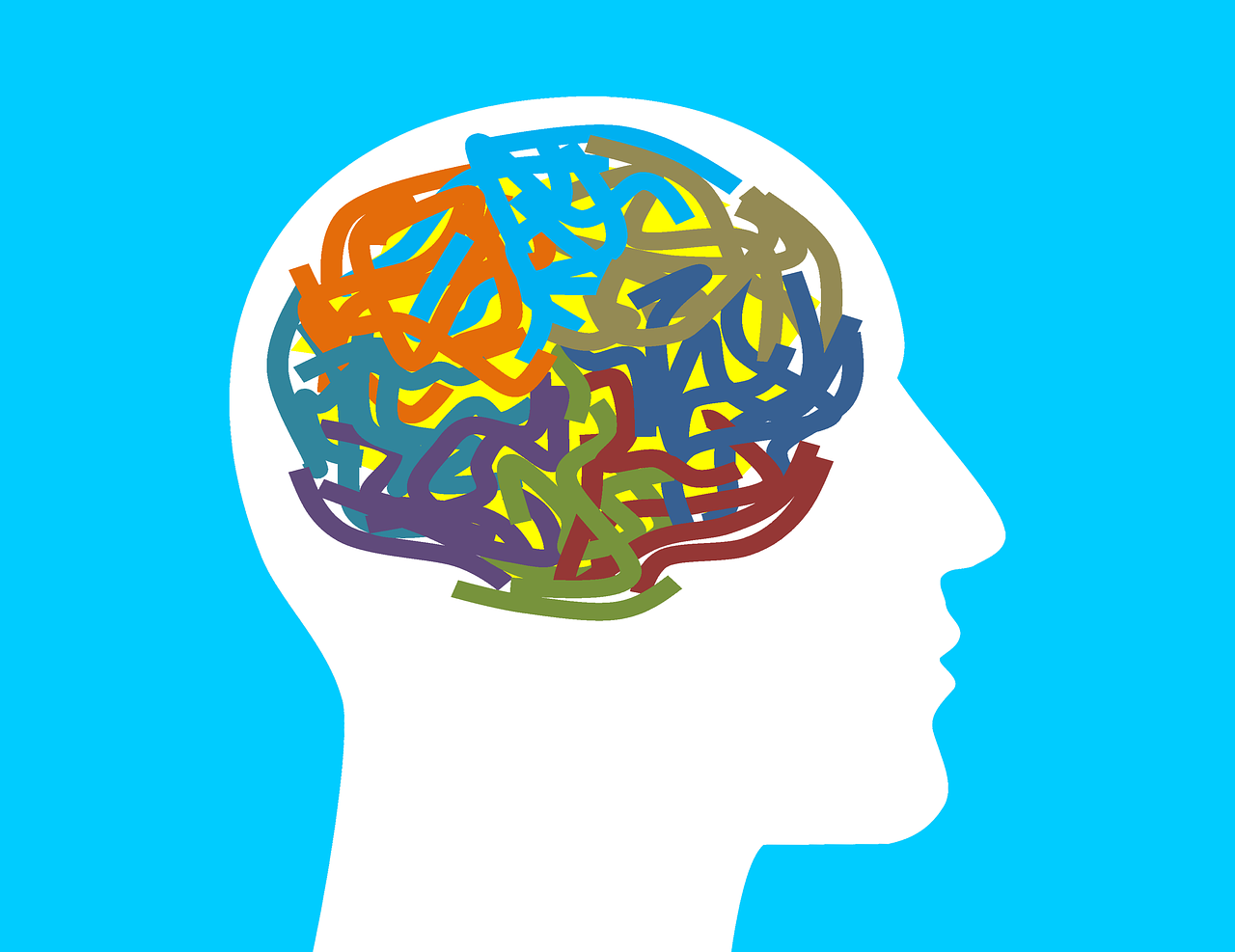
Ballet is an impossible art that demands perfection. Girls that are in training to become a ballerina are constantly reminded how imperfect they are and how they must strive to be better. For an adolescent girl, the stresses of ballet become greater especially as their body changes during puberty, and they no longer have the shapeless figure that matches Balanchine’s ideal so much better. These changes add to the mentality that they are not good enough for the style and also cause them to have a negative image of what their body is. Girls that intensively study ballet typically leave home to train with companies around age 14, from that point on they are more exposed to adult ballerinas which makes them even more self-conscious of their own growing body, especially while wearing a skin-tight leotard. Having poor self-esteem and negative body image leads to many mental and emotional problems for young girls. Often times, they experience levels of anxiety and depression or even body dysmorphia, which is the preoccupation and discomfort with certain body areas due to the feeling that they are “wrong.” These problems have the potential to worsen over time and even lead to suicide. Some girls are completely obsessed with the thin ideal that is promoted by the Balanchine body and are at a greater risk of developing an eating disorder such as anorexia nervosa. A study found that 4% of ballet dancers would be diagnosed with this disorder which is significant considering the small population size of ballet dancers and that the typical percentage is 0.9% (Arcelus et al., 92). These disorders are dangerous and can lead to severe health complications if not treated properly.
